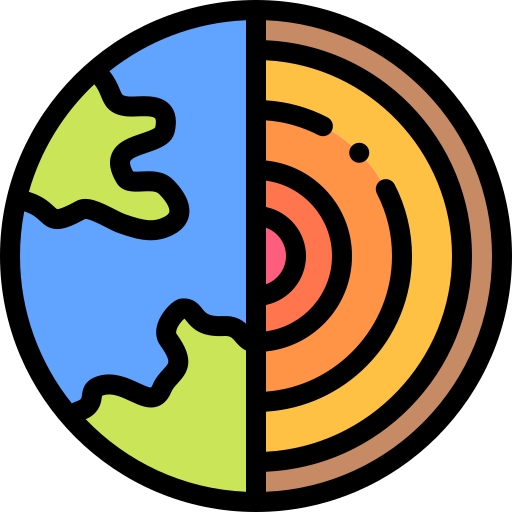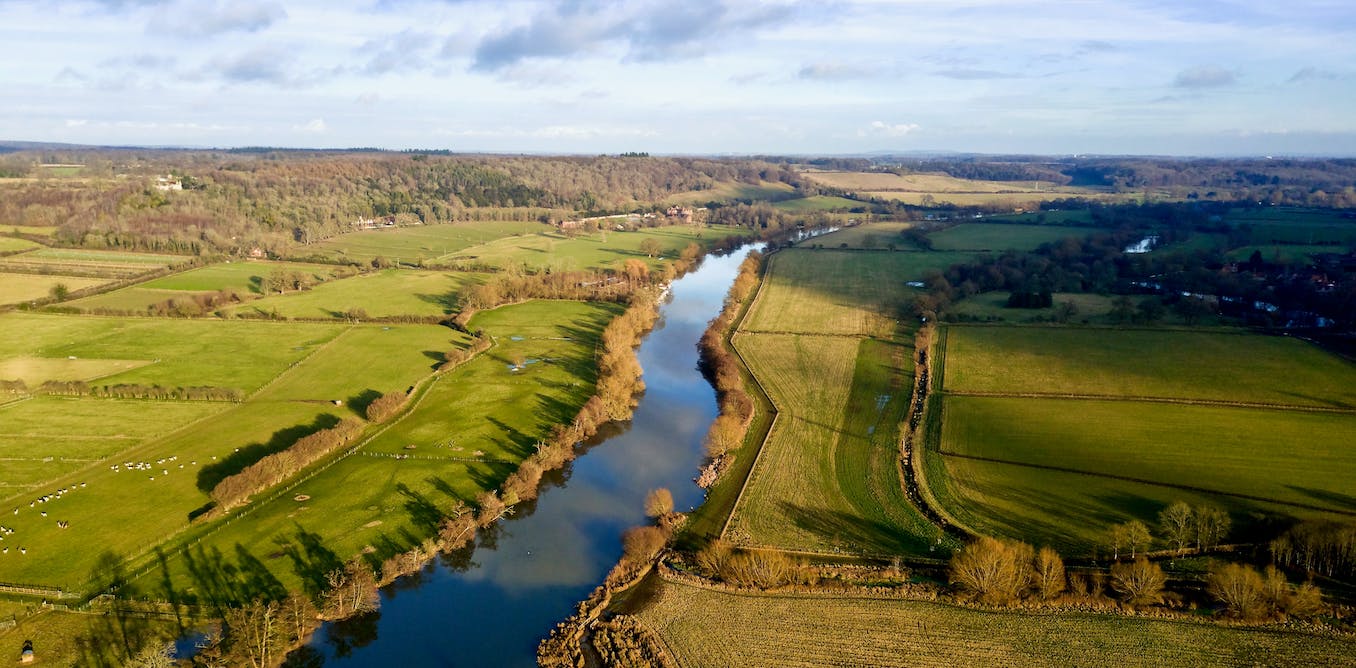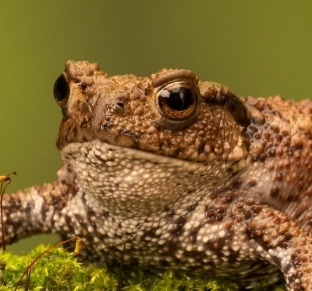Good article- I like that first map a lot. The basic point applies to so many of our relationships with nature.
My personal example: Grew up in a house with some attached greenspace in the Midwestern USA, and the woods and riparian areas are terribly overrun with amur honeysuckle, which was originally imported and planted to prevent erosion. It grows fast, early, and tends to form a bit of a monoculture, blocking light from other understory plants and hardwood saplings. Anyway, over the last 10-15 years I’ve been helping my parents clear the honeysuckle from the little patch of greenspace near us, and there’s far more biodiversity now. Tiny hardwood saplings are surviving germination and growing!
Ofc this opens up all sorts of discussions on like…nostalgia, invasive vs endemic vs naturalized, how much to even consider what things “ought” to look like vs what we’re capable of doing.
But it was wild seeing the effect of futzing with one plant, in one tiny area, happen with my own eyes. Making sweeping changes to waterways would be unreal to see.
My dad and I did the same thing in our woods, except for us the invasive species was buckthorn! Buckthorn was brought in as a nice bush/hedge plant and ends up taking over. It’s incredible how many different plants grew in their place.




